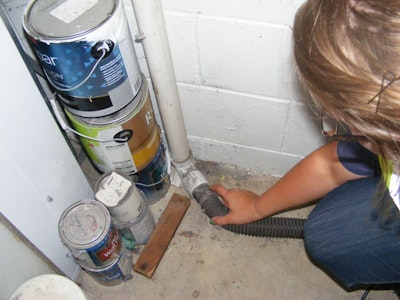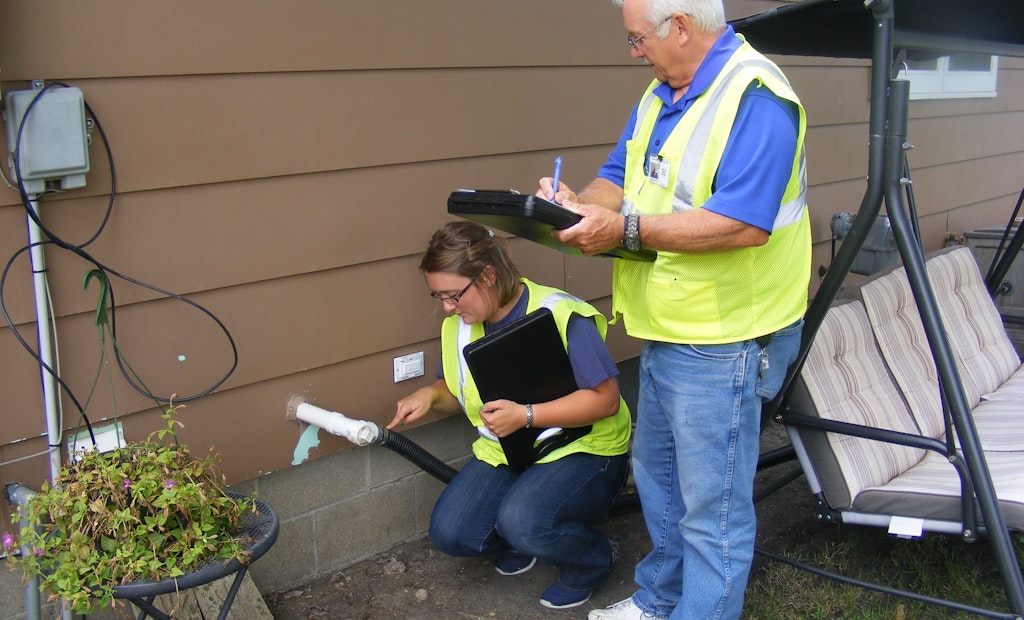With any luck, by the end of the summer, illegal sump pump connections in homes will be a thing of the past in New Ulm, Minnesota.
That’s because the city has taken on an ambitious project to inspect every residence in the city for illegal connections. Although New Ulm has an...







